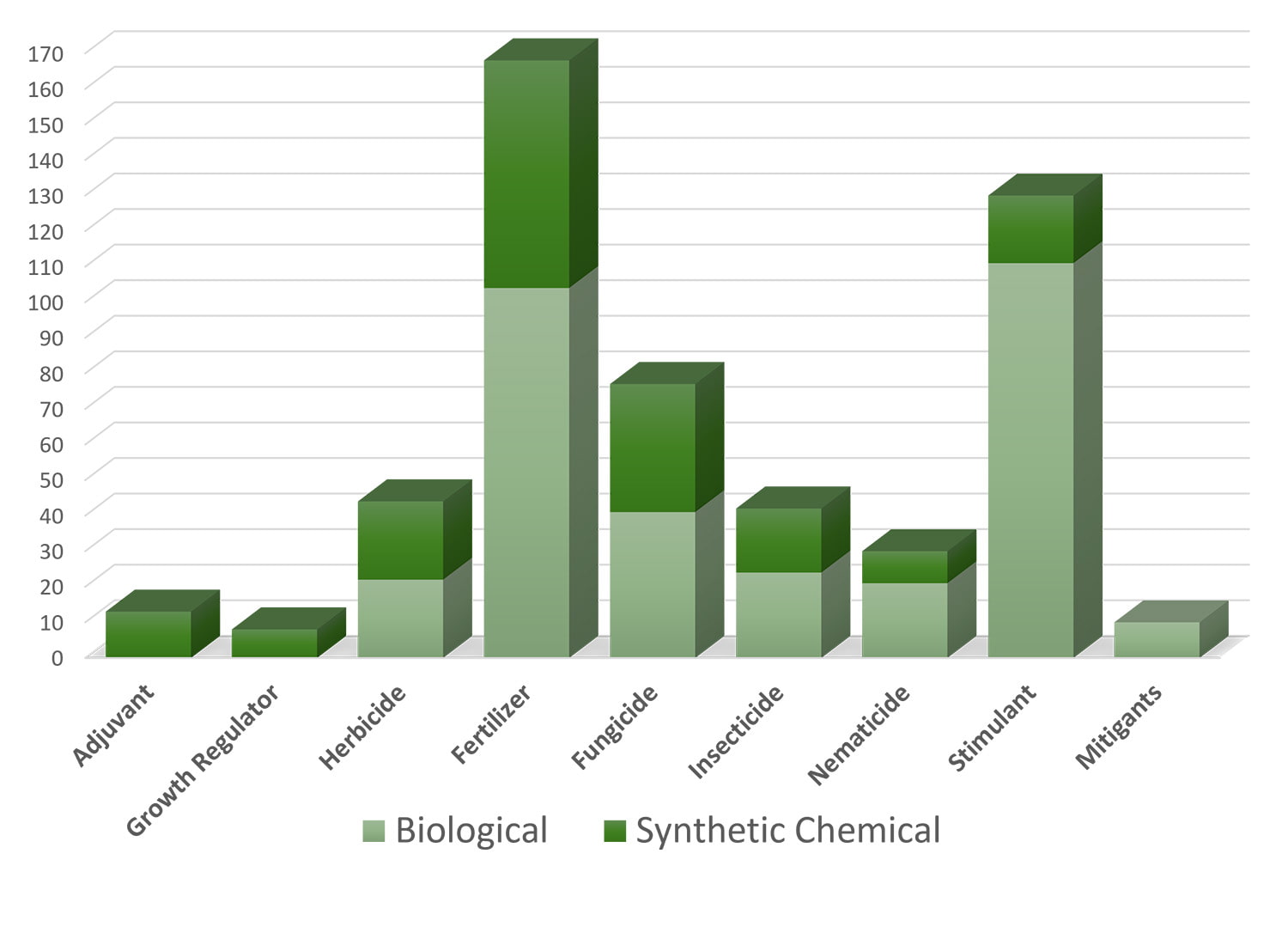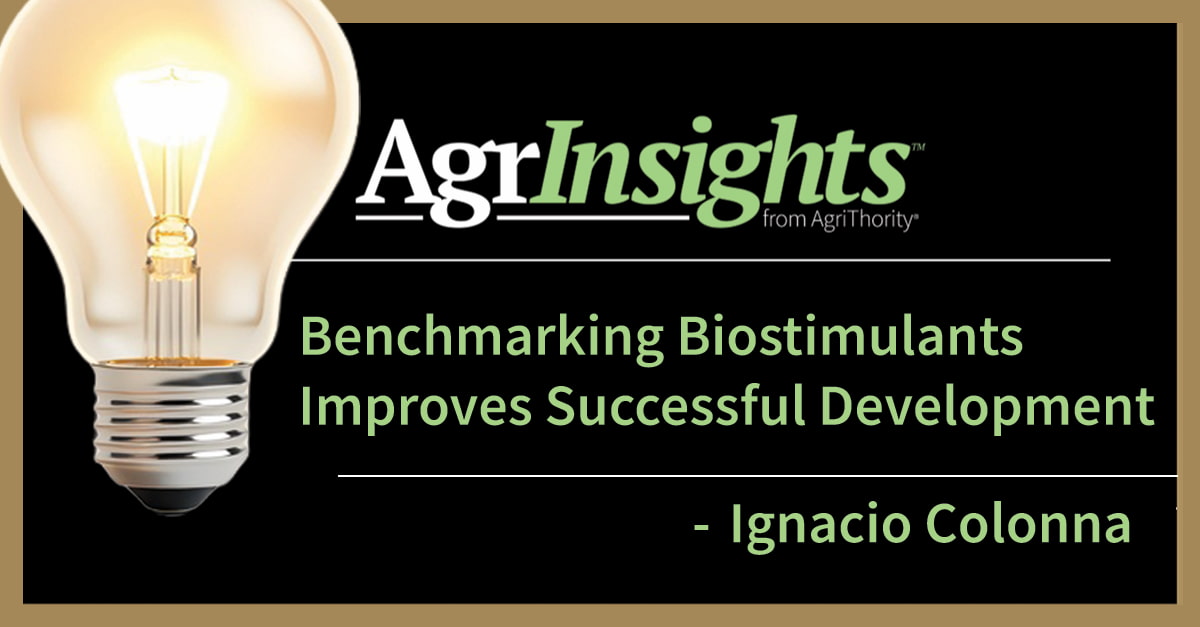The agricultural landscape is increasingly competitive and evolving quickly with many biological and novel technologies in development. In the race to commercialization, missing a season of performance testing is not an option. In fact, adding counter season trials builds data sets to accelerate the development process, to validate value across environments, and to establish first steps into future geographies.
Product Development Plan
Designing a product development testing plan to maximize progress toward market entry and adoption is critical for startup and established companies interested in rapidly proving the value of a new technology. Incorporating a counter season program into the stage gate development process requires planning and careful implementation to ensure continuous progress and consistent data.
To minimize risks, ensure testing size (number of sites, plot dimension and treatment design) is above minimum required to generate statistically robust results. Additionally, consistency with the trial implementation supervision team helps continuity of protocol execution and analysis for insights.

Key advantages from counter-season testing
- Validate efficacy with deeper data sets and more insights about best management practices before investing in broad field evaluations. The early development step increases effectiveness of field testing as the product moves from the recommended greenhouse and small plot evaluations to the later broader development stage.
- Speed the evaluation of candidate formulations or sort potential events for next season’s testing.
- Adjust or refine product use recommendations across multiple crops.
- Start the regulatory process for product registration in new geographic markets.
- Reach potential new commercial partners in pre-commercial stages.
Counter-Season Trials with AgriThority®
At AgriThority®, we start with a deep understanding of the company, the product and the goal. We review the client’s plan and recommend the most appropriate testing approach, even if our suggestion differs from the client’s original ideas.
We integrate the information generated with our experienced local network before selecting the geography and the most appropriate research location for each project. Our decades of collected knowledge helps validate what works best where. The deep experience with both synthetic chemistries and all segments of biologicals helps with protocol evaluation criteria and competitive comparisons. These comparisons go beyond “standard practices” to determine best practices for new technologies to become practical, productive and profitable to the farmers.

When your innovation is ready for development, turn to AgriThority® for the strategic and scientific development expertise that can make the difference between a great idea and a breakthrough. Our global footprint, combined with our deep understanding of market and producer dynamics, helps move your innovation from the laboratory to market.


